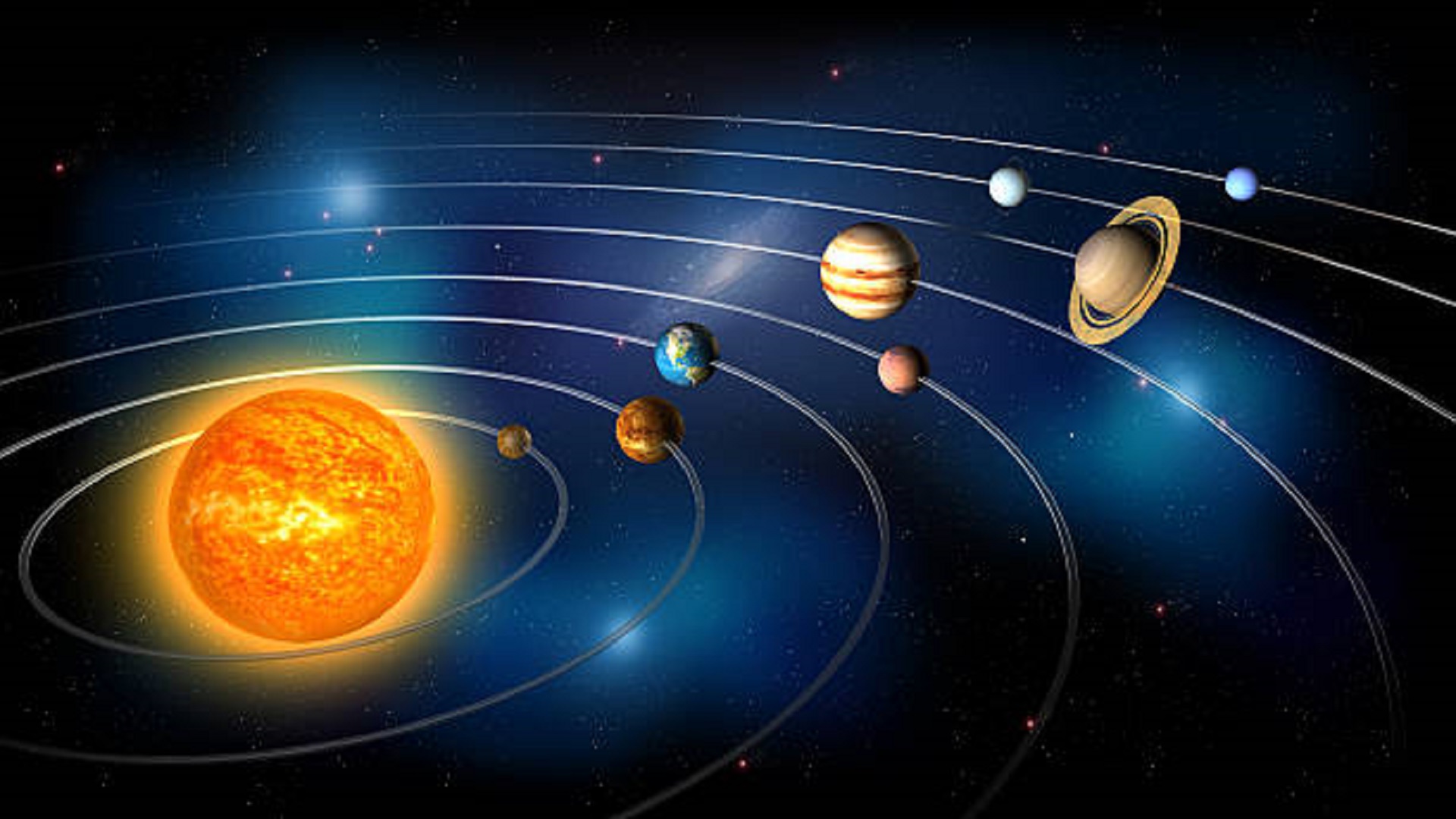
♦ Scientists have detected potential signs of life in the atmosphere of a distant exoplanet, K2-18b, located more than 120 light-years from Earth.
♦ The discovery was made by a team led by Indian-origin astrophysicist Dr. Nikku Madhusudhan, a professor at the University of Cambridge.
♦ Using NASA’s James Webb Space Telescope (JWST), the team found compelling evidence of carbon-bearing molecules — including methane and carbon dioxide — in the planet’s atmosphere.
♦ The two gases – dimethyl sulfide, or DMS, and dimethyl disulfide, or DMDS – involved in Webb’s observations of the planet named K2-18 b are generated on Earth by living organisms, primarily microbial life such as marine phytoplankton – algae.
♦ K2-18 b is 8.6 times as massive as Earth and has a diameter about 2.6 times as large as our planet.
♦ It orbits in the “habitable zone” – a distance where liquid water, a key ingredient for life, can exist on a planetary surface – around a red dwarf star smaller and less luminous than our sun, located about 124 light-years from Earth in the constellation Leo.
♦ A light-year is the distance light travels in a year, 5.9 trillion miles (9.5 trillion km). One other planet also has been identified orbiting this star.
